Every year, on warm summer weekends, Rye and Camber are swamped with visitors wanting to spend the day on our wonderful beach, and who can blame them? The problem, of course is that they come in more cars than our roads and car parks can cope with and the result is that the Camber car parks are full by around 10am and the queue regularly stretches back right into Rye and up Rye Hill.
We are a tourist town and our local economy depends to a very large extent on our visitors. We want them to enjoy themselves and come back again and again to experience both the amazing beaches and the ambience of our lovely old town. What neither they nor we want is for these same visitors to be sitting in their cars for hours unable to get to the beach or find space in our local car parks.
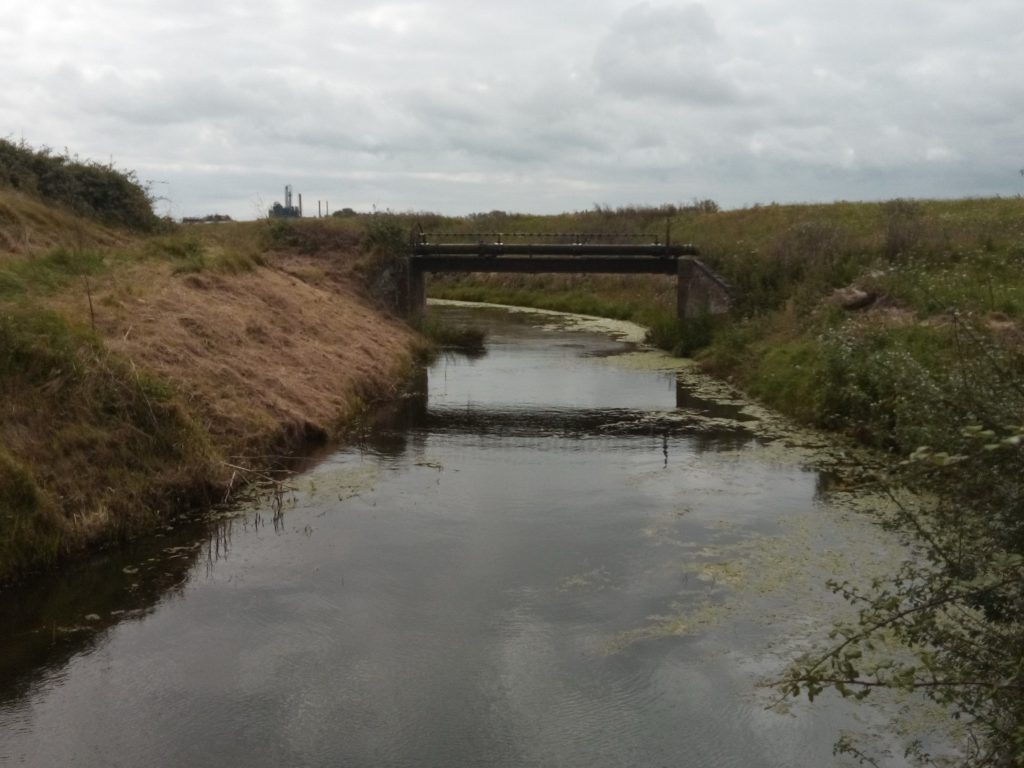
We have covered the problem many times in this paper and our readers have never been slow to add their own suggestions to solving the problem. One suggestion that we hear occasionally is to resuscitate the tramway that used to run between Rye and Camber. Usually this is dismissed as fantasy. But is it? Rye News decided to have a closer look.
The original tramway – in reality a narrow gauge light railway – was originally constructed in 1895 primarily to convey golfers to Rye Golf Club. Rye Station was just off New Road, close to Monkbretton Bridge and almost adjacent to the buildings that now house the creative centre. The station was removed many years ago but the golf club station, complete with rails, can still be seen by the golf course and a little way behind the harbour master’s offices. Later the line was extended, looping round the southern edge of the golf course towards Camber. The line was closed to civilian passengers in 1939 and by 1945 was considered to be in such poor condition that the majority of it was ripped up and sold for scrap.
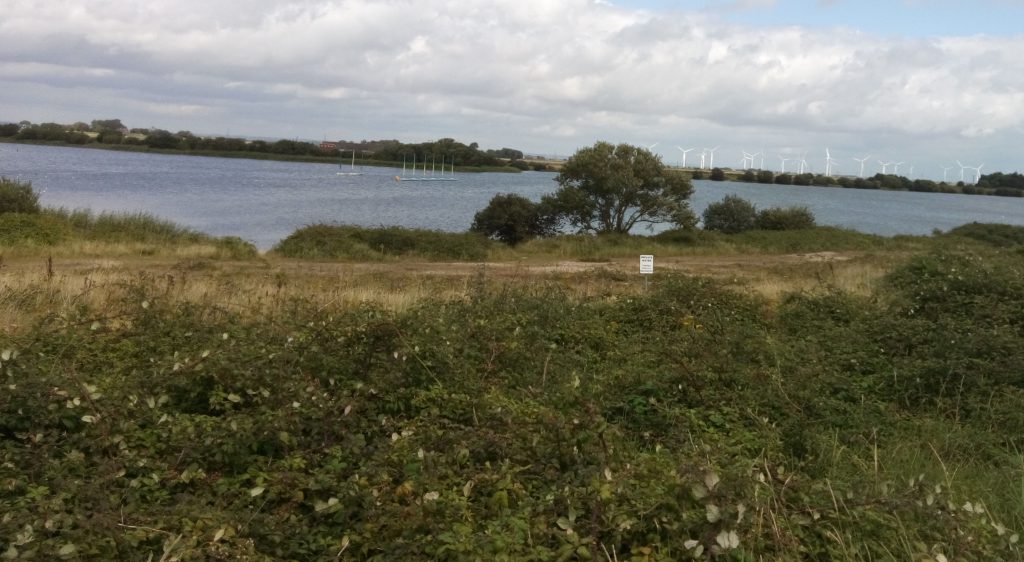
Many old railway lines have been, and continue to be, re-opened, so why not this one? Could it be done? Possibly, but quite apart from the cost measured against seasonal returns, there are other challenges.
The line runs entirely over private land, so the first hurdle would be to get the landowners’ permissions. This would mean the owner of farmland at the Rye end of the line and then Rye Golf Club. It is possible that the Environment Agency (EA) could come into the equation, too.
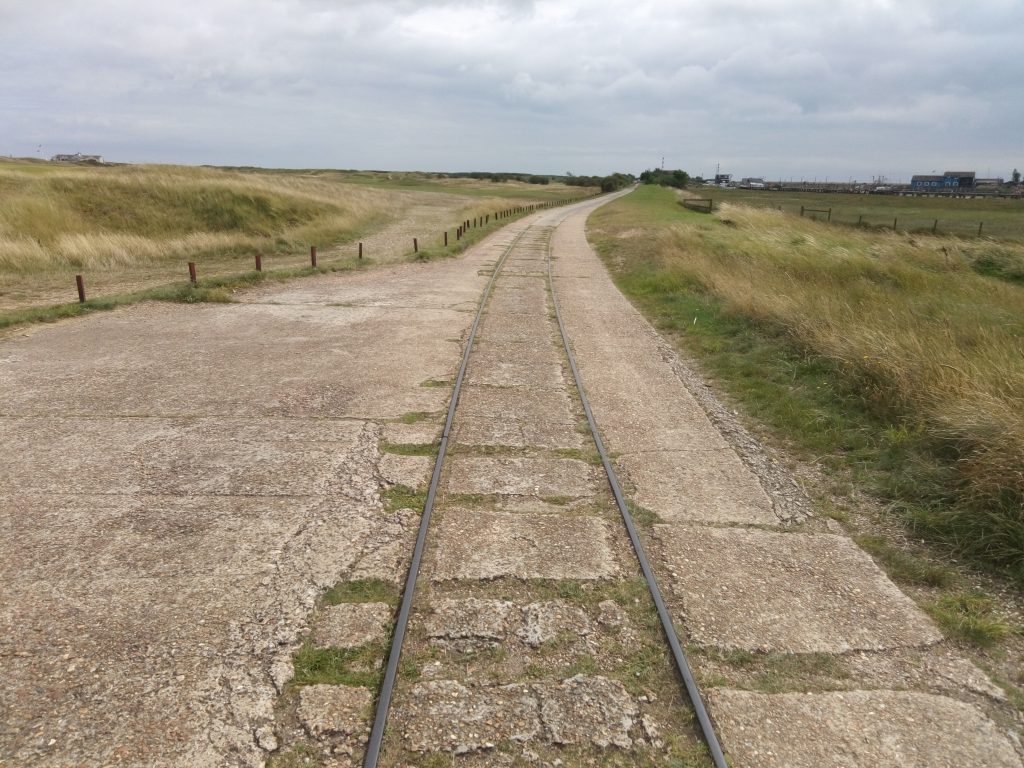
The first part of the track would be straightforward, following the original route across grazing land (but subject to the positioning of new flood defences planned by the EA), and then across a couple of small bridges spanning streams running into the river Rother. Then comes the first physical hurdle. Where there used to be flat land there is now a large lake – the result of post war gravel workings, owned by the golf club and operated by Rye Water Sports. The line’s route runs straight through the middle of the first part of this, although it looks as if it returns to dry land a little later. The route then takes it to the north western end of the golf course passing very close to a large house overlooking the course. One would imagine the occupants would be less than enthusiastic to have crowds of happy holidaymakers rattling past the end of their garden several time an hour.
From the point where it meets the golf course the original rails can be seen embedded in the concrete road that runs down to the harbour master’s office and the golf club station.
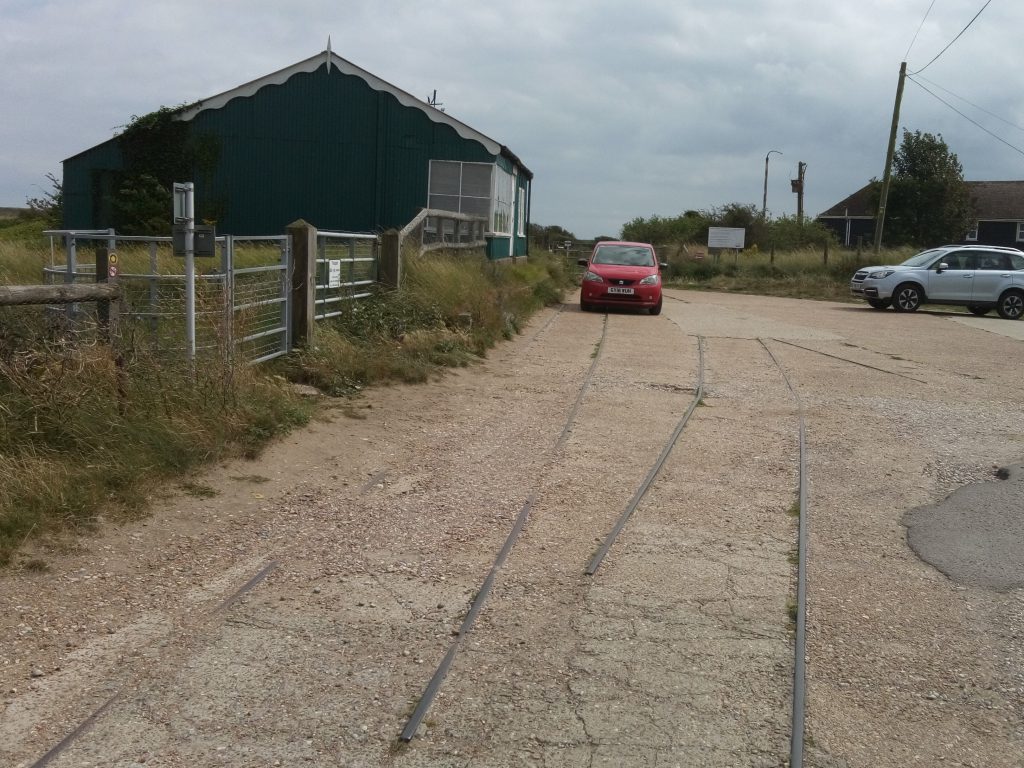
After that, the line sweeps round what was the southern edge of the course, following the line of dunes. This provides the next problem. This might have been the boundary of the golf course in the ’20s and ’30s, but that is not the case today. The sea has receded over the years enabling the golf course to be extended. The original route would now cut one of the fairways in two and probably interfere with other areas as well. Its final destination of Camber Sands station no longer exists.
So could it be rebuilt? Technically, possibly it could, but it would need the goodwill of landowners, the ability to re-route the now-flooded section and the final destination probably changed – maybe to the river Rother end of the sands, but as this part is usually less populated than the opposite end nearer the car parks, that could be an advantage.
All it needs, therefore, is someone with flair, imagination, boundless optimism and an awful lot of money. Of course, with the right rolling stock and maybe steam engines, it could become a major tourist attraction in itself.
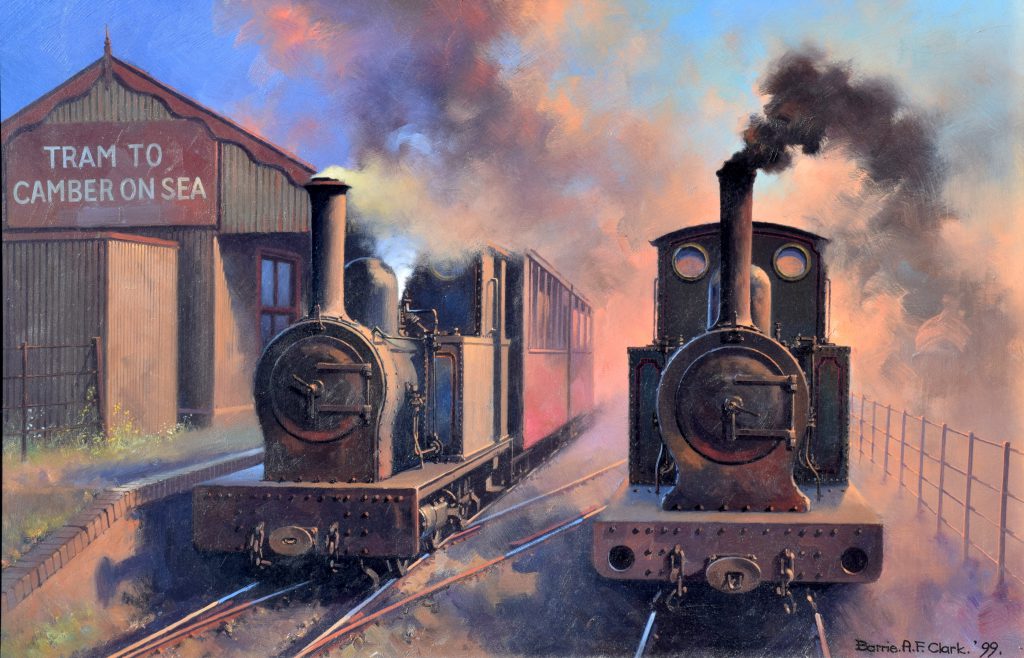
Image Credits: Ken Clark http://www.hfstephens-museum.org.uk/other-railways/a-talk-on-the-camber-tram Public Domain , John Minter , Colonel Stevens Society .



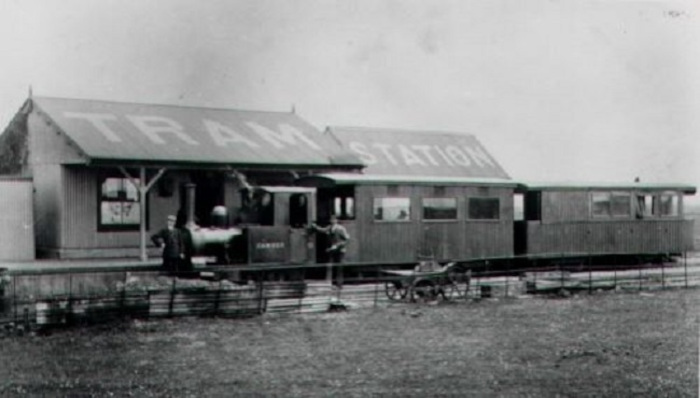
The first curve ball, where are all these happy holiday makers heading for Camber going to park, you would need to turn farm land into the biggest car park in Rye to make it work.
Every time someone mentions building anything in that area the same old chestnut comes up, vehicular access near a busy bridge, I can’t see the locals liking it or the planning allowing it.
I would also be interested at the cost per mile of the track, not forgetting the locos, rolling stock, buildings, maintenance and staffing.
Sledgehammer to crack a nut springs to mind.
But the Camberdoodles use this service every day! How else could they get to the beach other than on Billy train?!….. And we shouldn’t forget Cheryl the biscuit munching ticket collector at Camber station either!
It’s a lovely idea to bring back the tram, but I think people are living in cloud cuckooland if they think it will happen. To quote “all it needs is an awful lot of money” .. and where exactly is that awful lot of money going to come from? And the first hurdle, the tram lines are on private land, namely Rye Golf Club. I thought (due to their lack of goodwill) they had plans to stop walkers using that route for quicker access to the beach. So why on earth would they backtrack and be accommodating towards visitors and trams? And considering the lousy 2021 summer we have had with far less weekend visitors, the tram would be sitting there with no passengers at all wanting to go to the beach. No passengers = no funds to pay for the running costs. So this really boils down to a tram that will cost who-knows-what to resurrect which will have a few weeks use a year. Most of the time it will be idle. A future white elephant.
Golf course wouldn’t agree. They don’t like visitors
The last major opportunity to resuscitate this line was lost in 1955 when two 3 ft. gauge 2-4-0 tank locomotives built by Bagnall (the makers of the R. & C. T. steam locomotives) to very similar designs were scrapped at the Old Kent Road Gasworks. There is one 3 ft. gauge Bagnall, a 0-4-0ST at the Amerton Railway in Staffordshire, but it is in a bad way (fragments of one of the R. & C.T. carriages survive in Tenterden). I do have the necessary contacts, should anyone be interested, for new-builds of ‘Camber’ and ‘Victoria’. I do not think that a rebuilt tramway would be a ‘white elephant’ (the Lincs. Coast Light Railway in Skegness certainly is not and that gets worse weather than Rye), but the Golf Club would be a problem as they opposed revival of the line in the 1960’s.
[Note. This comment has been slightly edited to meet our guidelines]